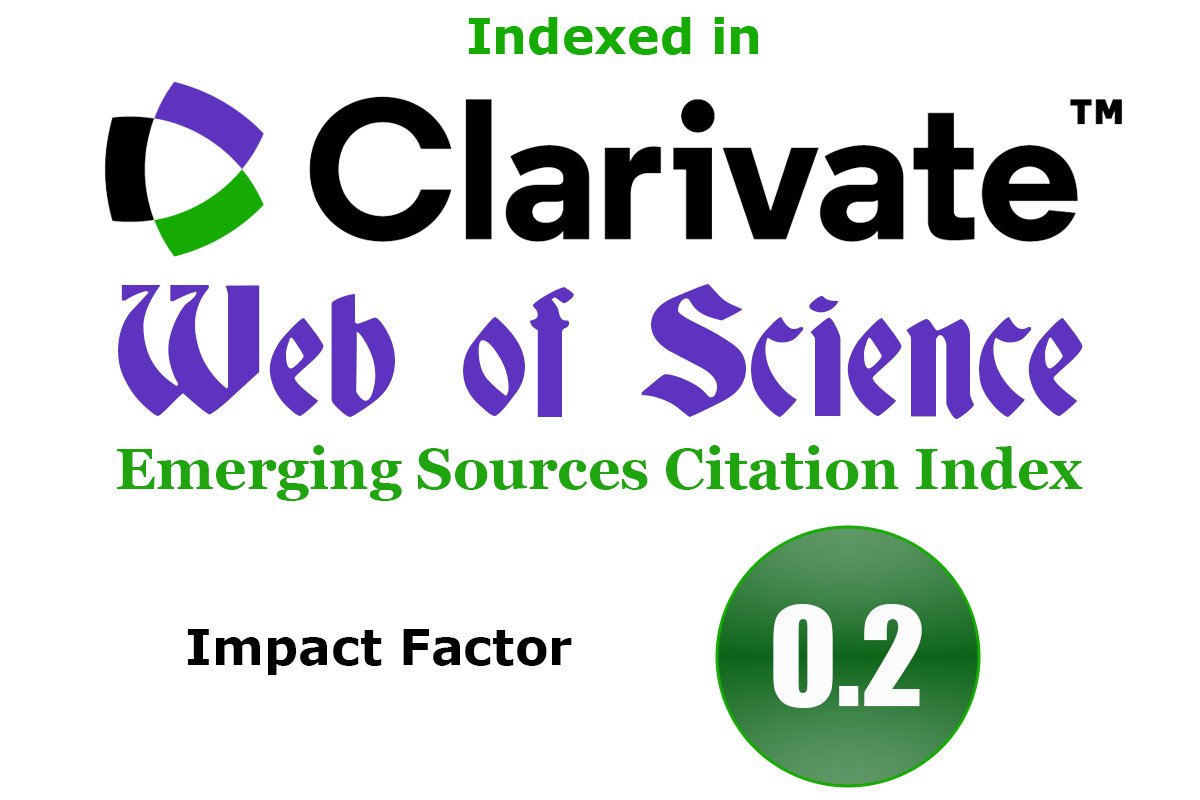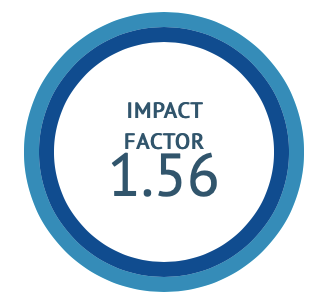Deciphering the Neuroprotective Role of Ksheerabala: Bridging Modern Medicine and Ayurveda Through Reverse Pharmacology
DOI:
https://doi.org/10.47552/ijam.v16i3.5970Keywords:
Ksheerabala, neuropathy pain, anticxidant, calciumchannelAbstract
Ksheerabala Thailam (KB), a traditional Ayurvedic formulation, is widely recognized for its therapeutic potential in managing conditions such as cervical spondylosis, cerebral palsy, facial paralysis, low back pain, sciatica, and osteoarthritis, along with its notable anti-inflammatory and neuroprotective properties. Employing the reverse pharmacology approach, this study bridges ancient knowledge with modern scientific validation to explore KB's efficacy. The study investigates KB's efficacy by evaluating its antioxidant activity, phospholipase A2-mediated inhibition, calcium channel modulation, and toxicity assessment using zebrafish embryo models. Additionally,Gas Chromatography-Mass Spectrometry (GC-MS) analysis was conducted to identify bioactive constituents.In vitro experiments revealed significant suppression of phospholipase A2 and strong free radical scavenging activity, highlighting its anti-inflammatory effects. KB also reduced voltage-gated calcium channel activity, essential for painful signaling, by suppressing Cacna1b gene expression. Toxicological evaluations in zebrafish embryos confirmed KB's safety at therapeutic doses, showing no notable developmental defects. GC-MS analysis identified bioactive substances that contribute to its analgesic and neuroprotective properties.These findings underline KB as a promising natural therapeutic option for NP. By integrating traditional medicine and reverse pharmacology, the study establishes a foundation for further clinical research into KB's efficacy and safety.
Downloads
Published
How to Cite
Issue
Section
License
Copyright (c) 2025 International Journal of Ayurvedic Medicine

This work is licensed under a Creative Commons Attribution-NonCommercial-ShareAlike 4.0 International License.
The author hereby transfers, assigns, or conveys all copyright ownership to the International Journal of Ayurvedic Medicine (IJAM). By this transfer, the article becomes the property of the IJAM and may not be published elsewhere without written permission from the IJAM.
This transfer of copyright also implies transfer of rights for printed, electronic, microfilm, and facsimile publication. No royalty or other monetary compensation will be received for transferring the copyright of the article to the IJAM.
The IJAM, in turn, grants each author the right to republish the article in any book for which he or she is the author or editor, without paying royalties to the IJAM, subject to the express conditions that (a) the author notify IJAM in advance in writing of this republication and (b) a credit line attributes the original publication to IJAM.




